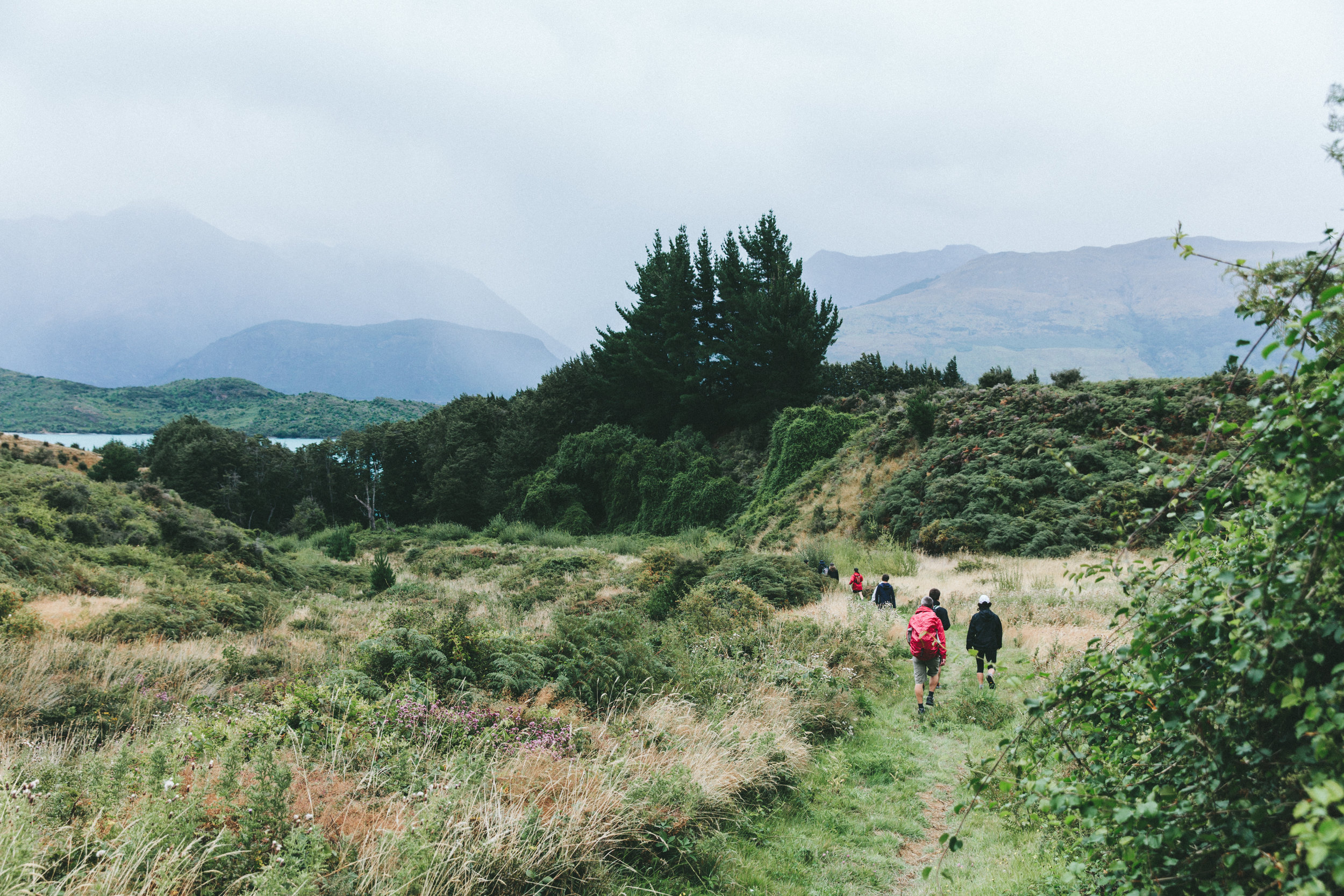
Projects
-

Nature/Habitats
For millions of years Nature and other species have lived in harmony till the last two centuries of Industrial Revolution. Human development is a necessary part of our existence, but that has to be tempered with how we effect all other species in the world. I try to understand the habitat loss and resultant effects on migratory bird species, especially in my area. For some of my nature and landscape photography projects visit my Instagram page @valsaraj.kt or VERO @ktvalsaraj
-

Birds/Wildlife
Innumerable number of species co-exist with humans and there is considerable interdependence between them. To many folks, nature is there to be exploited and used for our benefit. However, they pay scant attention to how the earth we inherit is being handed over to our progeny in a condition that may not be reversible. My intention is to document that variety and the interdependence through my photography. For my bird/wildlife photography projects visit my Instagram page @valsaraj.kt or VERO @ktvalsaraj
A very important set of data for the US Gulf Coast area was recently presented by Dr. Erik Johnson, Director of Conservation Science, Audubon Delta at a recent meeting of the Orleans Audubon Society on Sept 25, 2021. The gist of his presentation entitled “Migratory Birds and the Mississippi River” with respect to bird and habitat loss were:
Approximately 2.5 billion migratory birds have been unaccounted for since 1970. That is equivalent to a 28% decrease in migratory birds.
40% decrease in Baltimore Oriole migrations and Prothonotary Warblers have been reported since 1970.
Much of the loss were attributed to bottomland, forest loss and, mangrove loss which are prime habitats for these migratory species.
The above is well documented through the loss of lower Mississippi valley alluvial soils and forest mainly as a result of economic growth and agricultural uses.
There is no doubt that a healthy land-water-air ecosystem is good for both humans and birds, but the requirement is considered development rather than uncontrolled growth.
There is, however, some silver lining in all of this such as the recent Louisiana Coastal Master Plan that does consider significant coastal habitats restoration plans which bode well for all of us.
